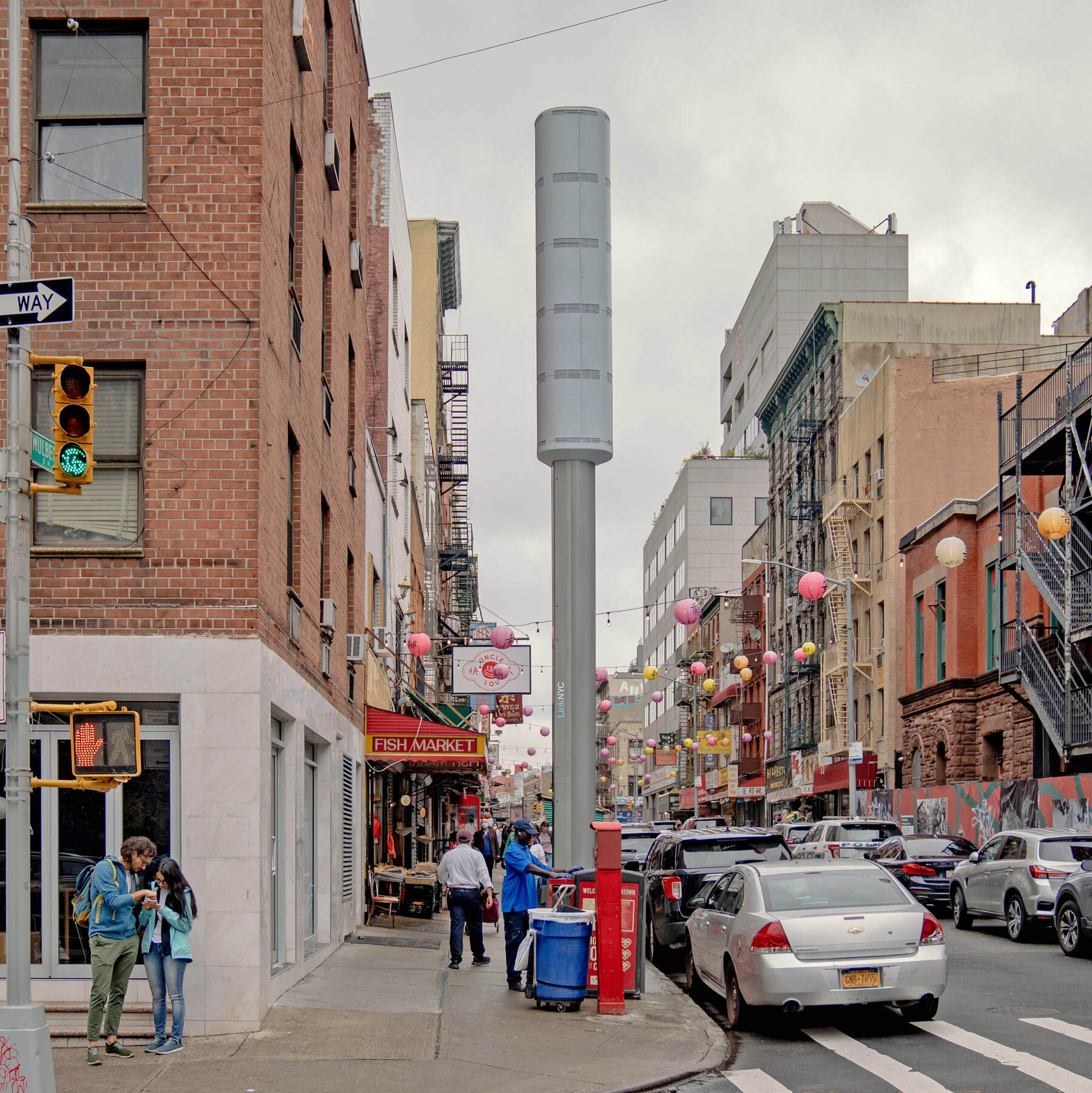Amidst the rapid technological advancements shaping our world, the proliferation of 5G networks stands out as a crucial development. Advocates tout its potential for revolutionizing connectivity, but beneath this veneer of progress lies a shadowed truth that demands scrutiny.

The official narrative lauds 5G as a beacon of innovation, promising faster speeds and enhanced connectivity for all. Companies like G+D SecurityTech and 1&1 are at the forefront, offering secure solutions and enticing packages to lure consumers into this new era of connectivity.
However, a closer examination reveals a more insidious agenda at play. The integration of Artificial Intelligence (AI) into 5G networks, as highlighted in recent discussions, raises concerns about the true motivations behind this technological push. The narrative of improved services during the COVID-19 pandemic serves as a convenient smokescreen for a broader agenda of control and surveillance.
The pieces of the puzzle start to align when we delve into the historical patterns and players involved. G+D SecurityTech’s emphasis on security in the 5G era and 1&1’s expansive service offerings are but cogs in a larger machine. The convergence of AI and 5G is not merely about convenience; it’s about establishing a pervasive system of monitoring and control under the guise of public health and connectivity.
The implications of this orchestrated convergence are far-reaching. The very networks meant to empower us could become tools of manipulation and surveillance. Vulnerable populations, already disproportionately impacted by technological shifts, stand to lose even more agency in a world where every connection is scrutinized and managed for the benefit of a select few.
In closing, the intent behind the seamless integration of AI into 5G networks is clear: to consolidate power, control information flow, and shape societal behavior under the guise of progress. The means are laid bare in the strategic partnerships and technological advancements that serve this agenda, while the opportunity arises from a global crisis that has expedited the adoption of these technologies without due scrutiny.
Looking ahead, the trajectory of this agenda points towards a future where our very connectivity is weaponized against us. It is imperative that we remain vigilant, question the narratives fed to us, and safeguard our autonomy in the face of this encroaching digital panopticon. The stakes are higher than they seem, and the time to act is now.

